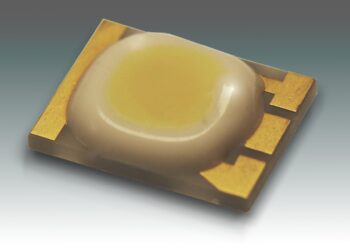An Indian scientist, from Tata Institute of Fundamental Research (TIFR), Hyderabad, is leading a research group for the development of efficient next-generation low-cost semiconductor materials, which can contribute to India’s technological leadership in this area.
India has recently announced an incentive of Rs 2,30,000 crore to position itself as a global hub for electronics manufacturing with semiconductors as the foundational building block. “Efficient next-generation low-cost semiconductor materials could pave the path towards positioning India as the global hub for Electronic System Design and Manufacturing as per the vision of Aatmanirbhar Bharat,” a Science & Technology on Ministry release said on Tuesday.
Large-scale commercially viable electronic applications can be realised by low energy, processible materials such as metal halide perovskite and organic semiconductors. However, in competing with traditional inorganic semiconductors, these materials still lag in electrical conductivity. This lag can be addressed through doping to introduce more numbers of free electrons (or holes) to increase conductivity, or to control the charge injection/extraction properties at the interface of other semiconductors or metals, thus affecting the performance of devices.
Most of the attention of the research community has been in developing electronic dopants systems that are based on highly complex and reactive organic or organometallic complexes, which are largely inefficient and leave behind side products which affect the long-term stability of devices.
“Thus there is a need to look beyond these approaches and beyond the state-of-the-art research in electronic doping,” the release said, adding, TIFR Reader, and Swarnajayanti Fellow for 2020-21, Pabitra K. Nayak, is leading the team of researchers that is pushing for development of the efficient next-generation low-cost semiconductor materials.
Nayak pointed out that all these possibilities will improve India’s competitiveness in semiconductor materials research and development, which is essential for sustainable socio-economic growth driven by the usage of clean energy.
(Source: IANS)







